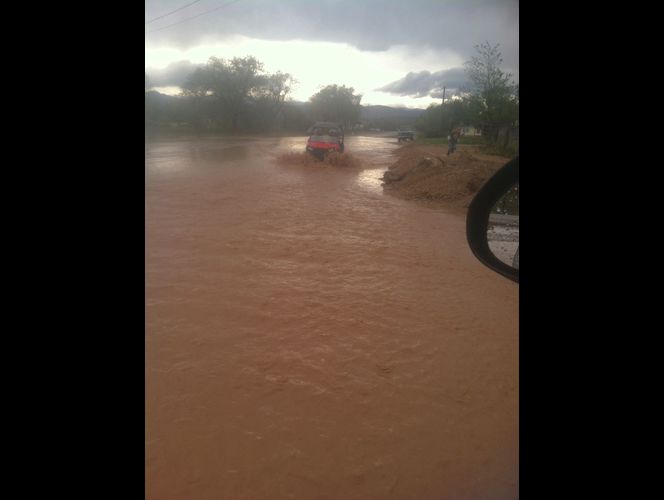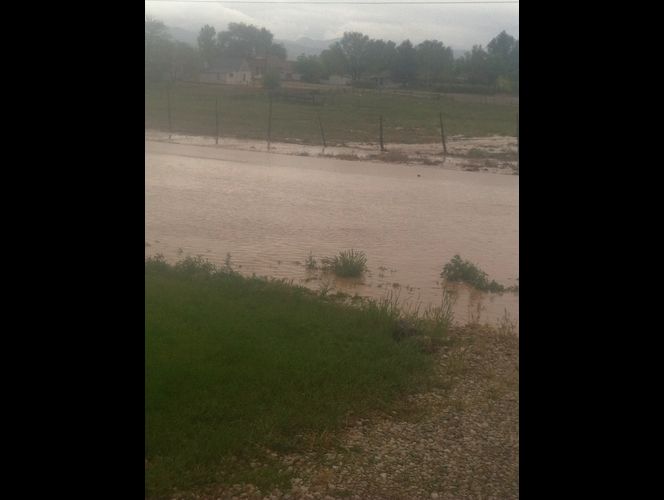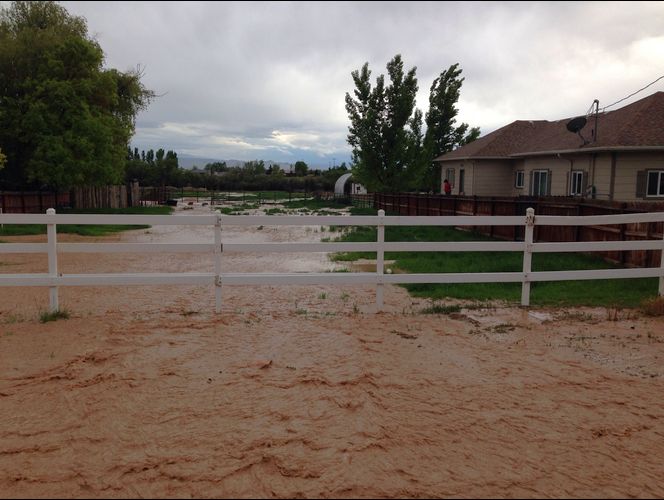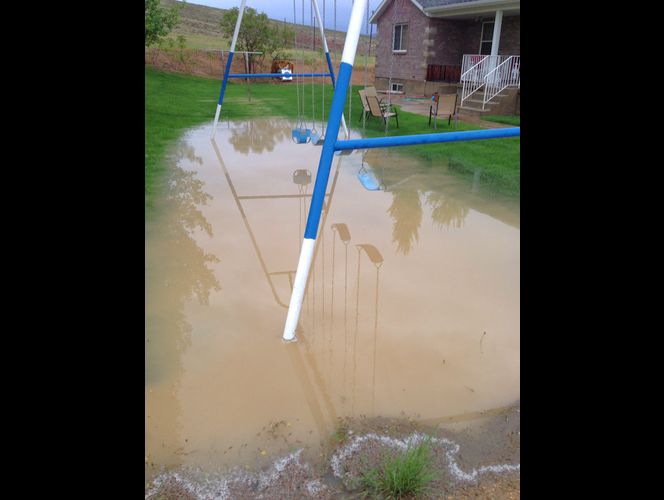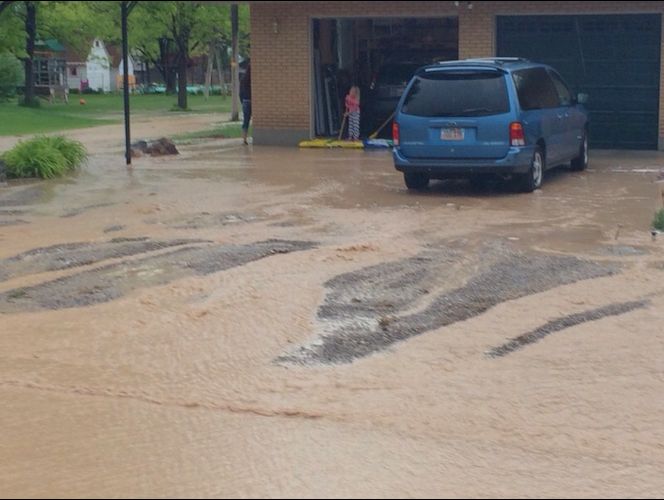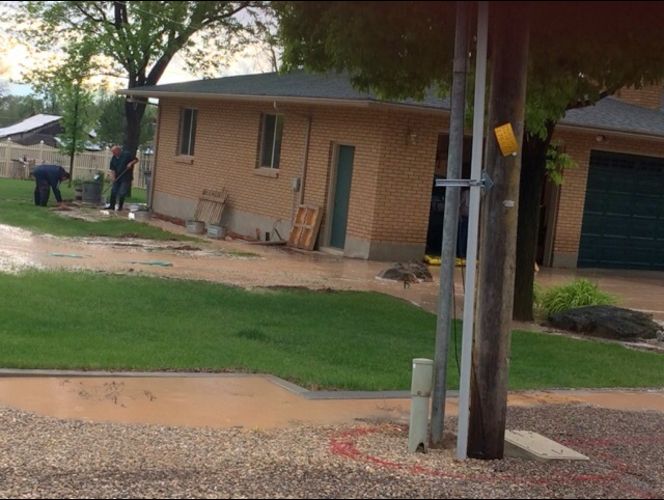Throughout the summer we have been talking about conserving water due to the drought conditions that we have right now in Utah. However, sometimes even though rain may be needed there can be too much of a good thing. When it rains faster than the ground can absorb the waters, flooding may occur.
Our community was struck by flood waters just this year. Of those that were hit by the flood waters, some were prepared, and others were not. Fortunately, things did not get worse, however we may not always so lucky.
Be Prepared for Flooding
Keep reading for tips and information can help you begin to prepare for a flooding event. This information and more can be found at www.ready.gov.
Basic Safety Tips
- Turn Around, Don’t Drown!
- Avoid walking or driving through flood waters.
- Just 6 inches of moving water can knock you down, and 2 feet of water can sweep your vehicle away.
- If there is a chance of flash flooding, move immediately to higher ground. Flash floods are the #1 cause of weather-related deaths in the US.
- If floodwaters rise around your car but the water is not moving, abandon the car and move to higher ground. Do not leave the car and enter moving water.
- Avoid camping or parking along streams, rivers, and creeks during heavy rainfall. These areas can flood quickly and with little warning.
Flood Watch
- Flood Watch = “Be Aware.” Conditions are right for flooding to occur in your area.
- Steps to Take
- Turn on your TV/radio. You will receive the latest weather updates and emergency instructions.
- Know where to go. You may need to reach higher ground quickly and on foot.
- Build or restock your emergency preparedness kit. Include a flashlight, batteries, cash, and first aid supplies.
- Prepare Your Home
- Bring in outdoor furniture and move important indoor items to the highest possible floor. This will help protect them from flood damage.
- Disconnect electrical appliances and don not touch electrical equipment if you are wet or standing in water. You could be electrocuted.
- If instructed, turn off your gas and electricity at the main switch or valve. This helps prevent fires and explosions.
Flood Warning
- Flood Warning = "Take Action!" Flooding is either happening or will happen shortly.
- Steps to Take
- Move immediately to higher ground or stay on high ground.
- Evacuate if directed.
- Avoid walking or driving through flood waters. Turn Around, Don’t Drown! Just 6 inches of moving water can knock you down and 2 feet of water can sweep your vehicle away.
After A Flood
- Return home only when authorities say it is safe.
- Be aware of areas where floodwaters have receded and watch out for debris. Floodwaters often erode roads and walkways.
- Do not attempt to drive through areas that are still flooded.
- Avoid standing water as it may be electrically charged from underground or downed power lines.
- Photograph damage to your property for insurance purposes.
When It Is Not Flooding: Make A Flood Plan
- Know your flood risk.
- Make a flood emergency plan.
- Build or restock your emergency preparedness kit, including a flashlight, batteries, cash, and first aid supplies.
- Consider buying flood insurance.
- Familiarize yourself with local emergency plans. Know where to go and how to get there should you need to get to higher ground, the highest level of a building, or to evacuate.
- Stay tuned to your phone alerts, TV, or radio for weather updates, emergency instructions, or evacuation orders.


